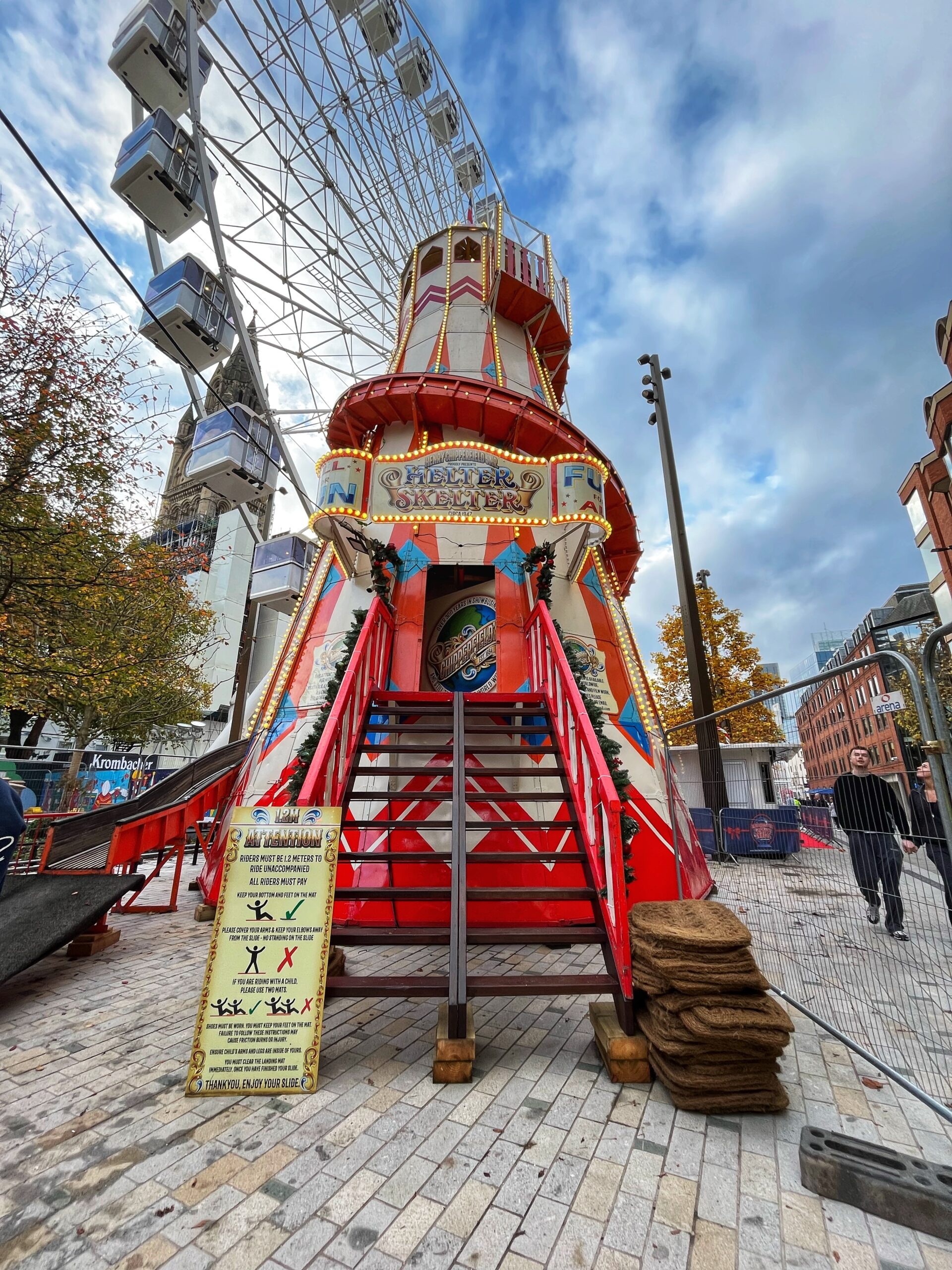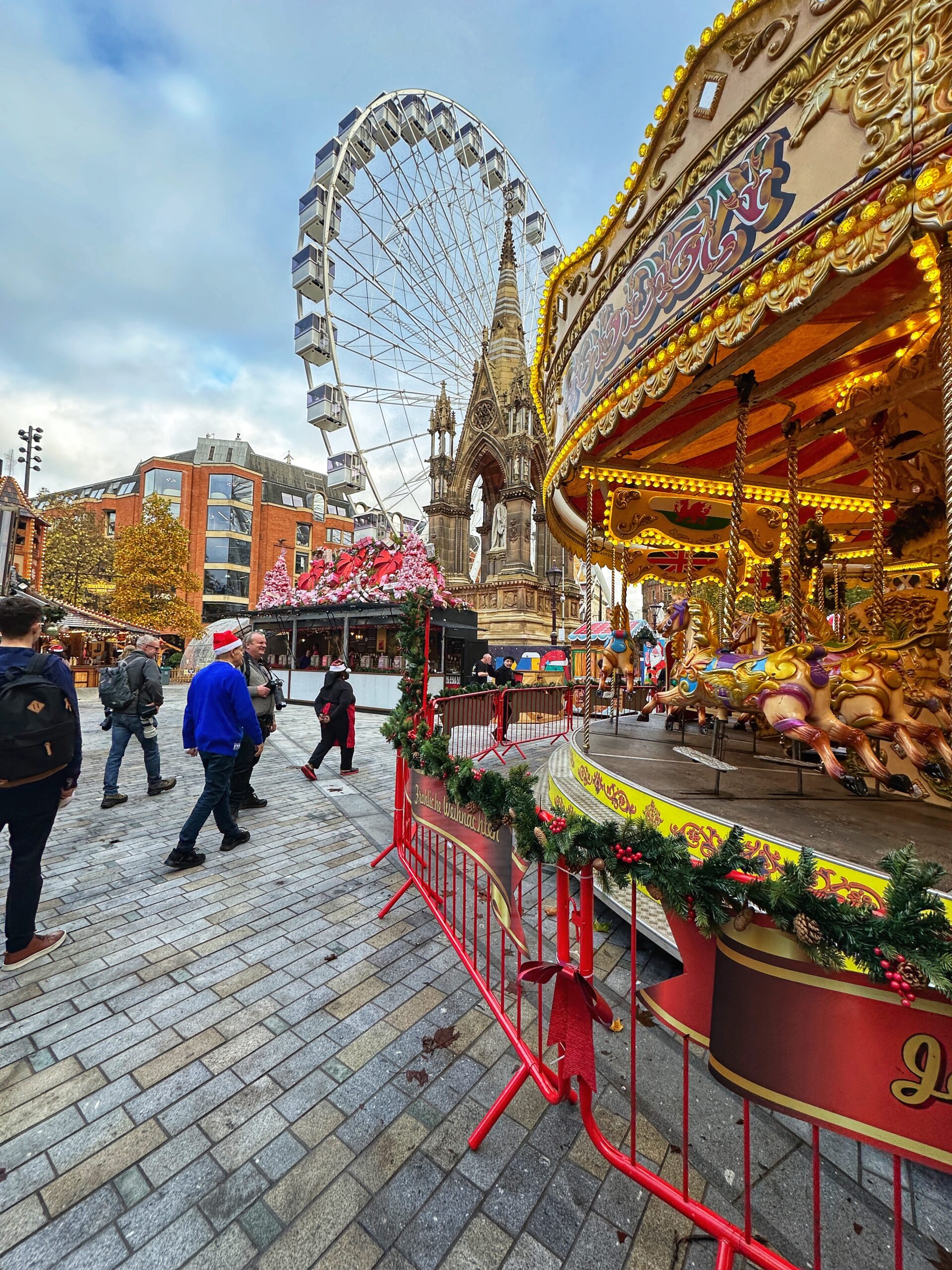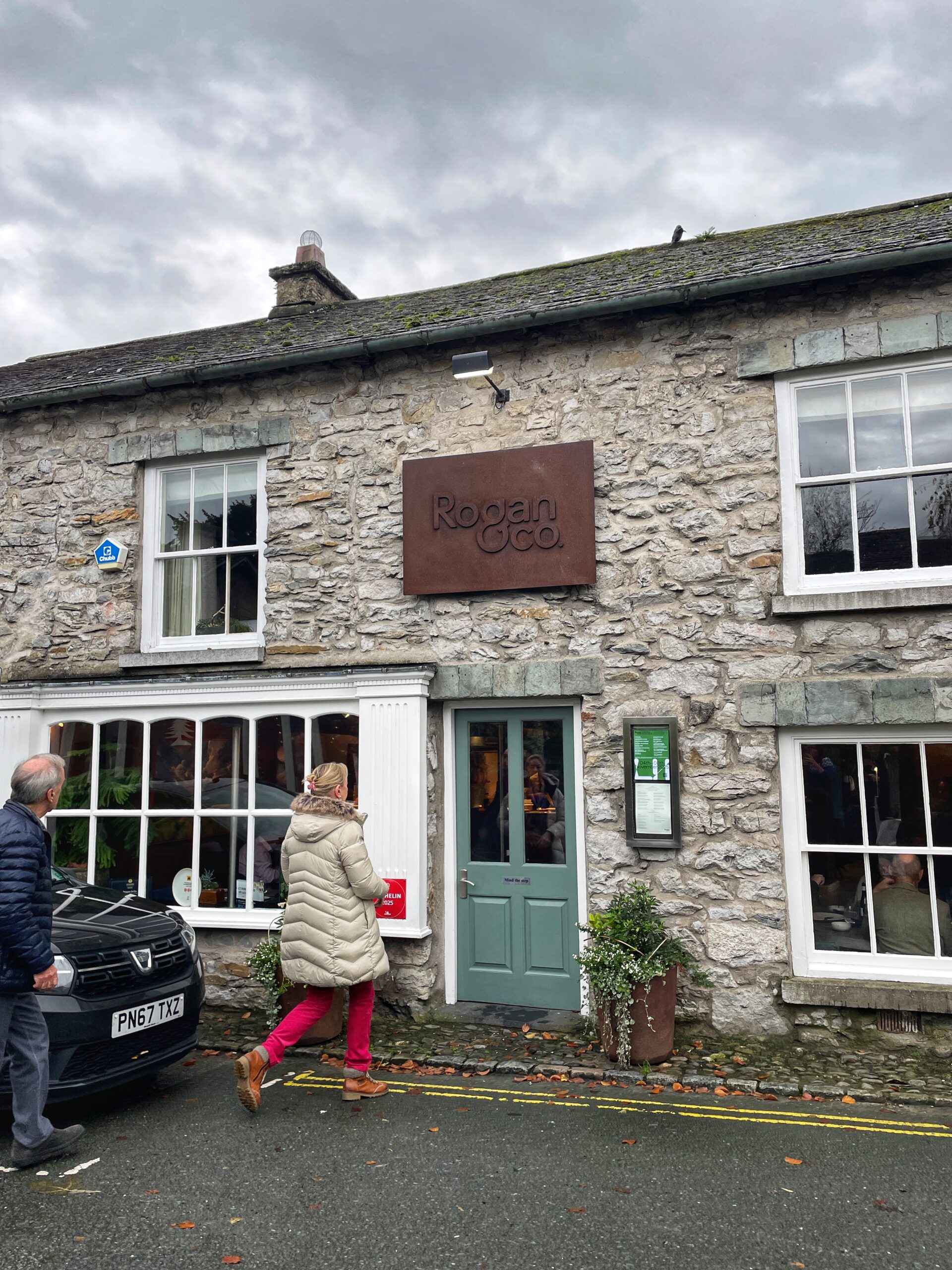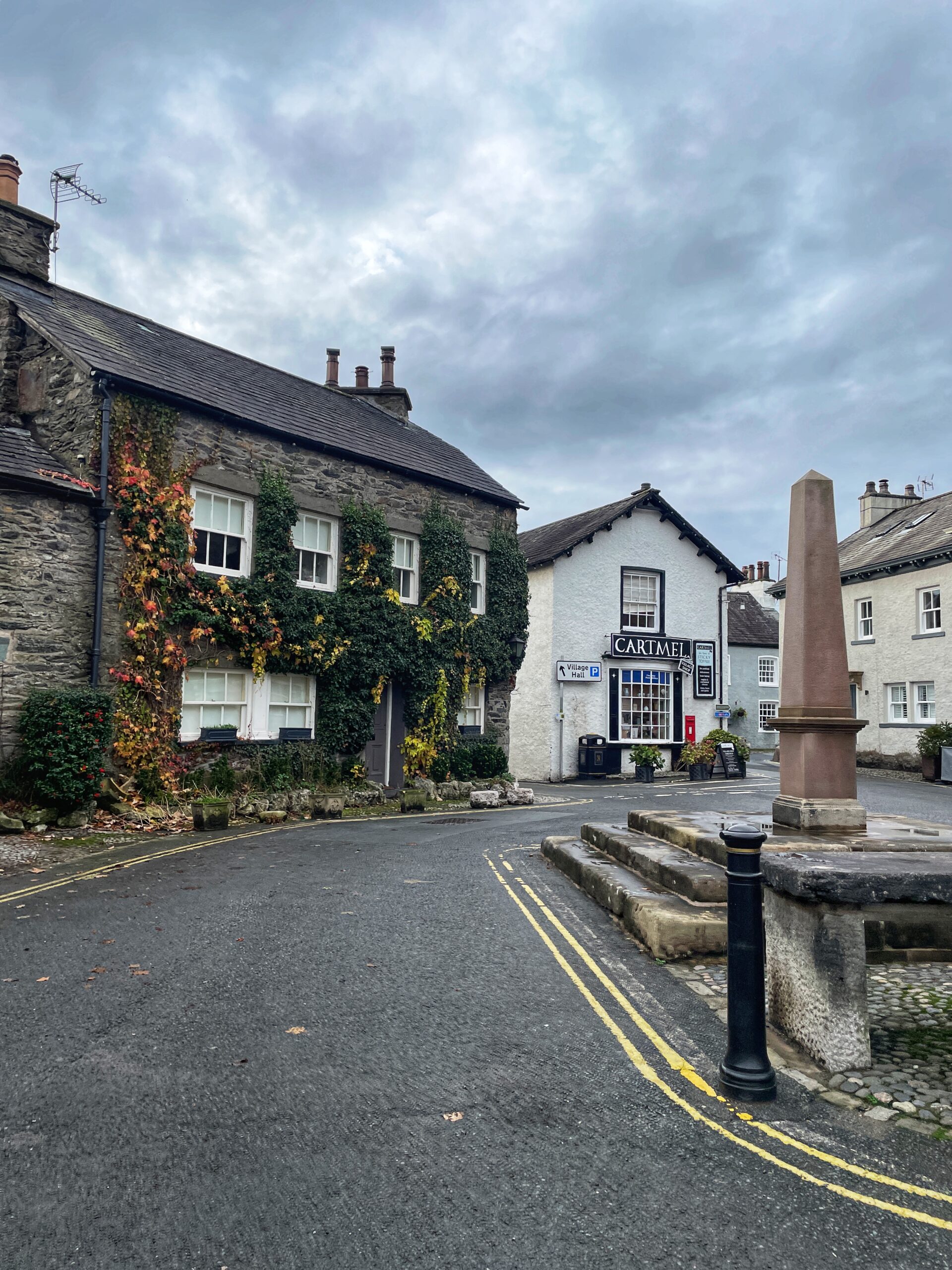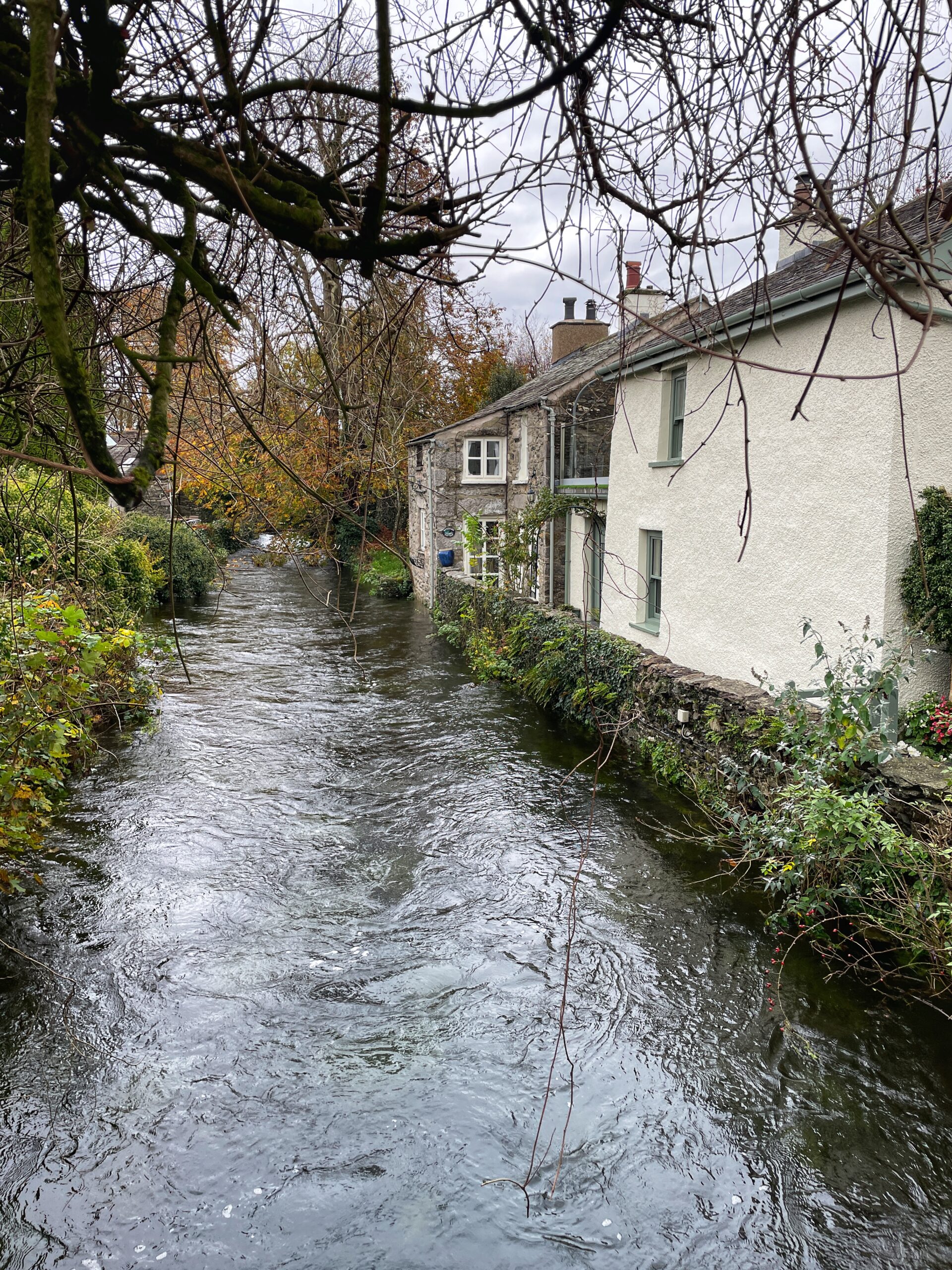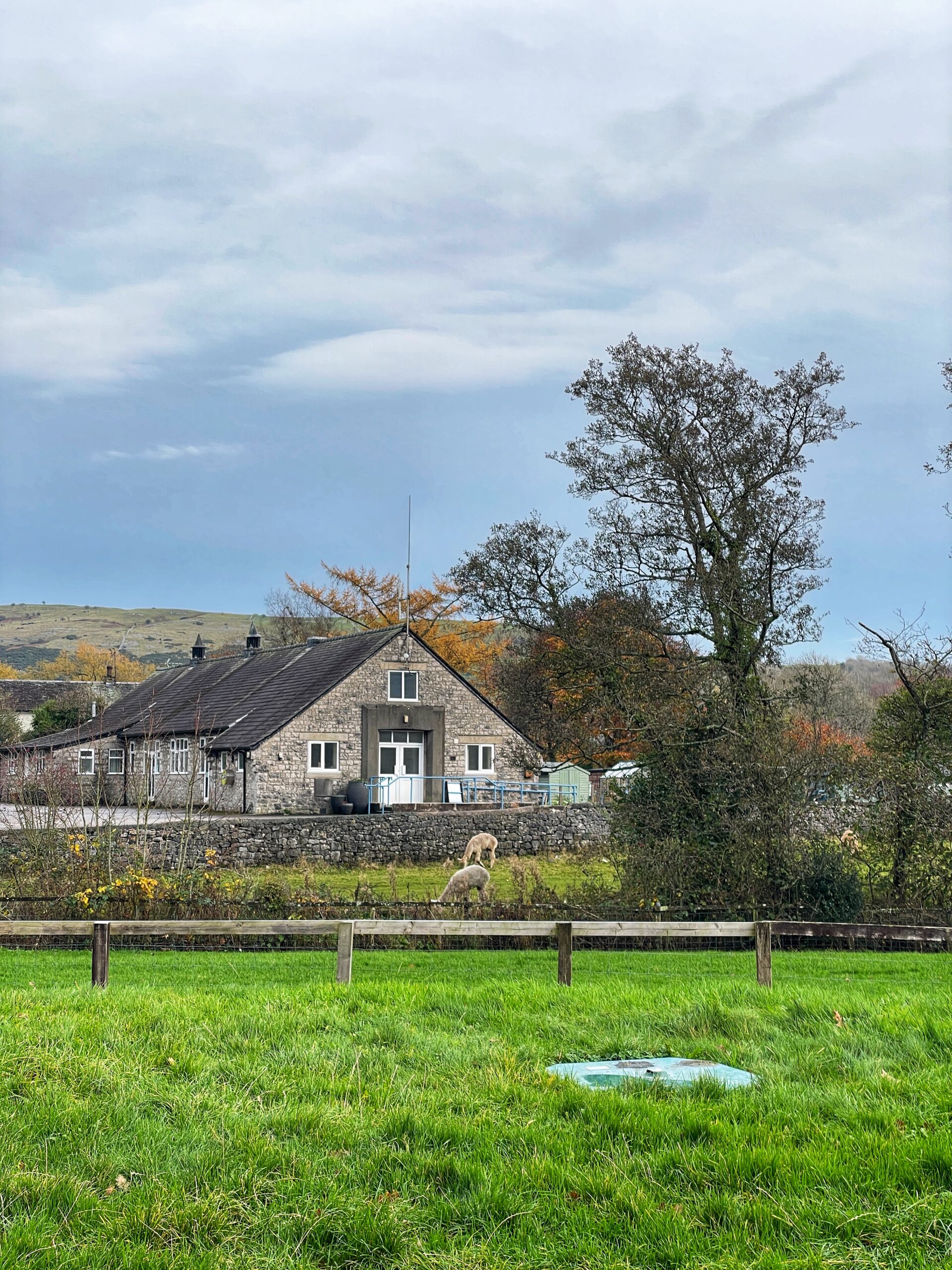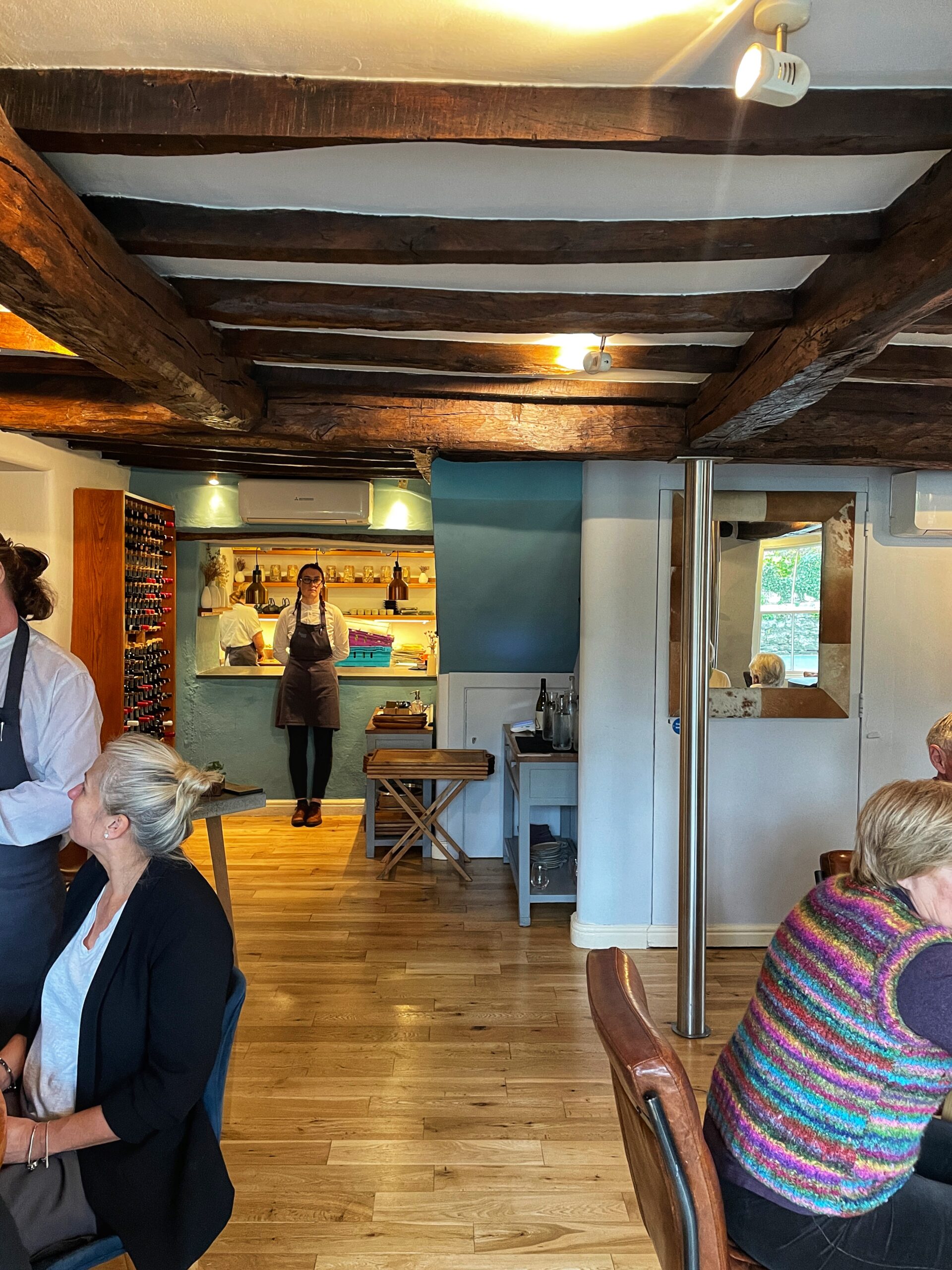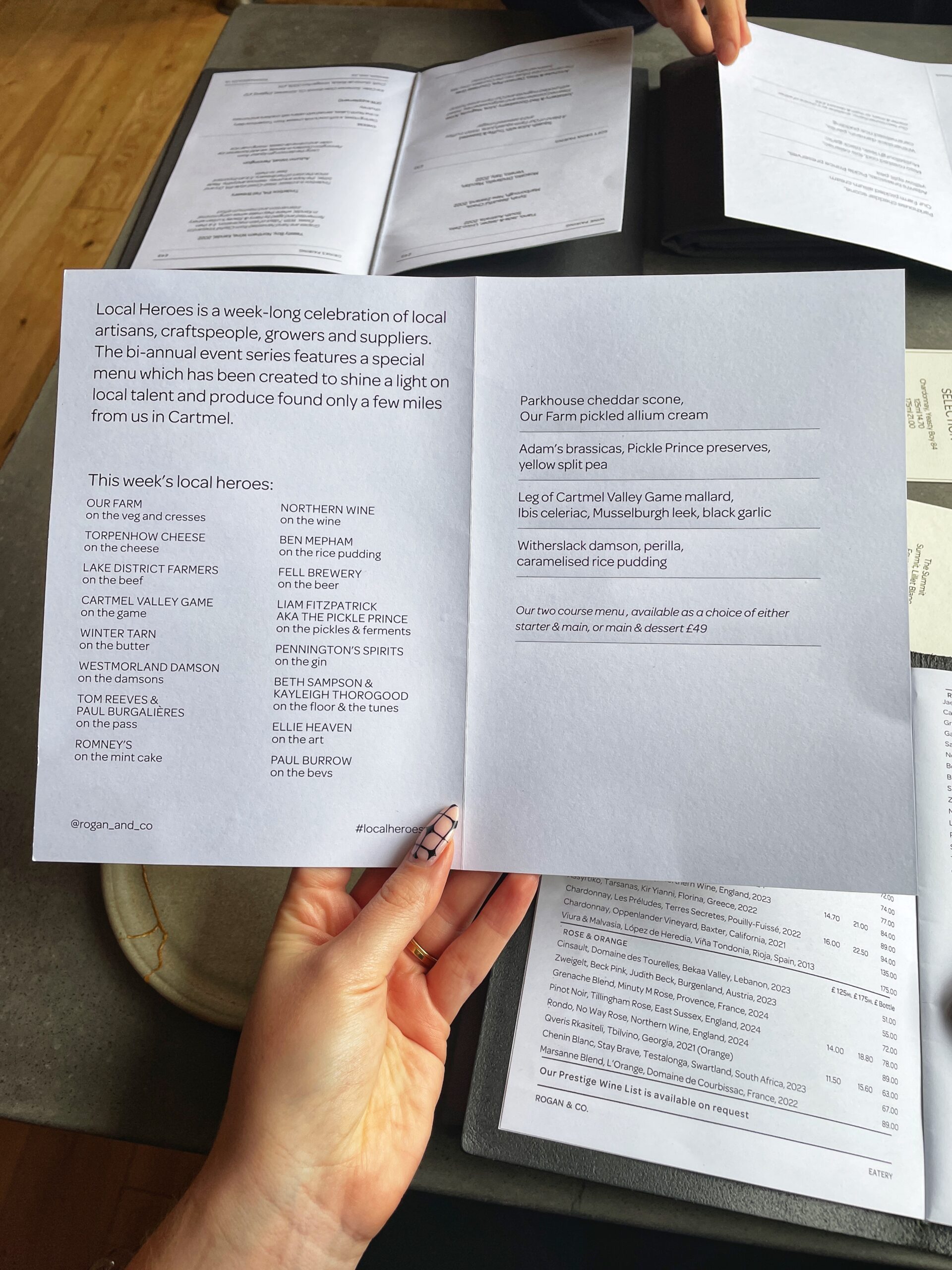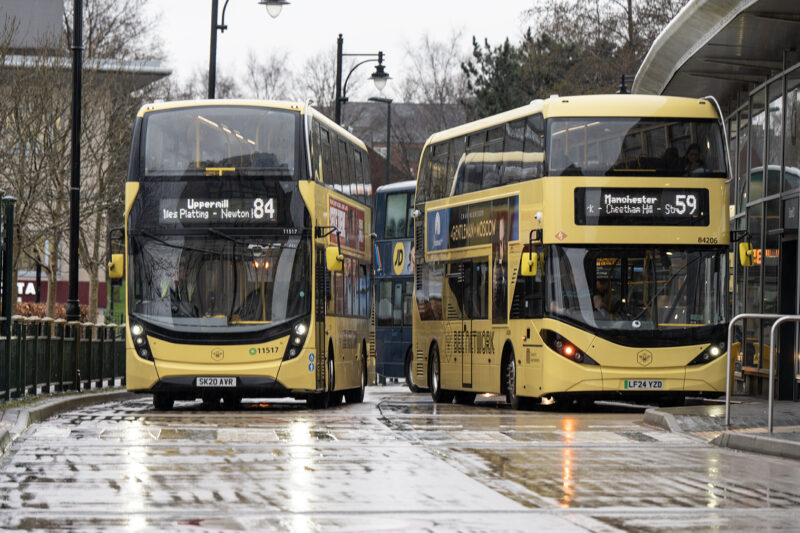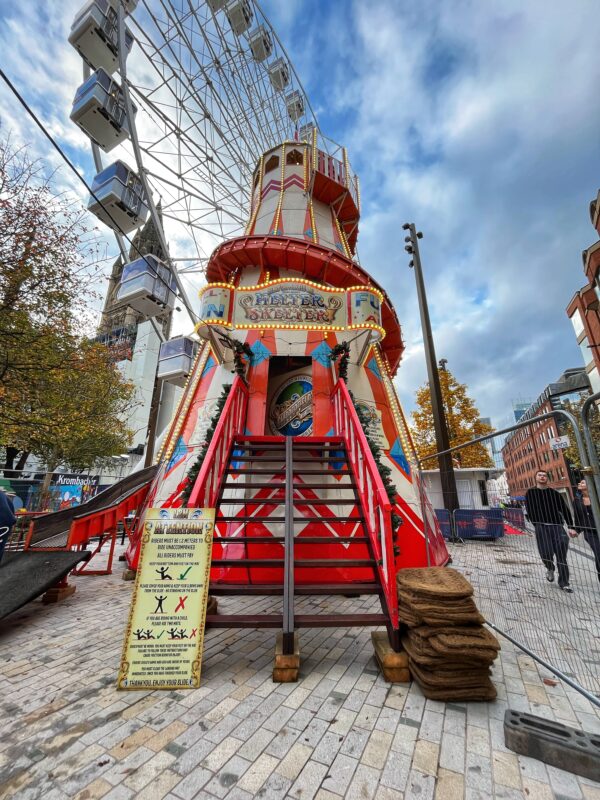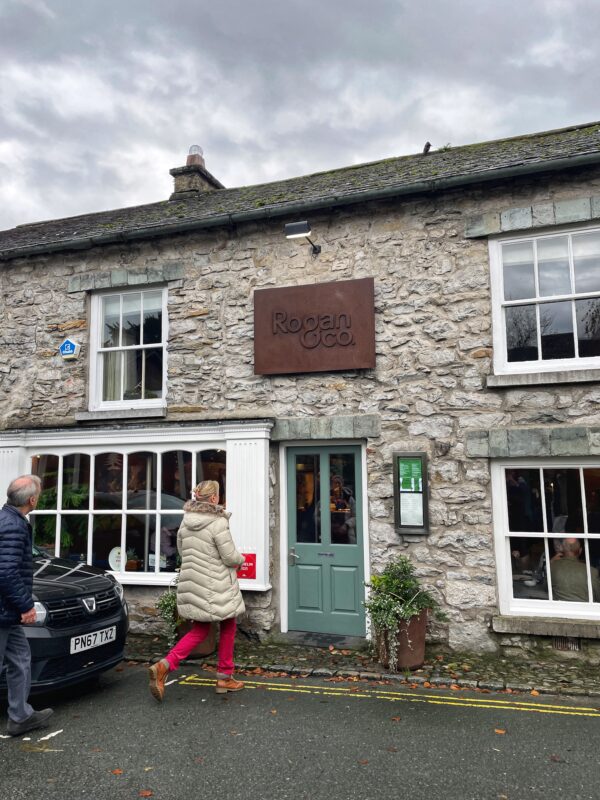Travel & Tourism
The Station Agent’s House – Inside one of Manchester’s oldest houses before it opens as a holiday home
This is so cool.
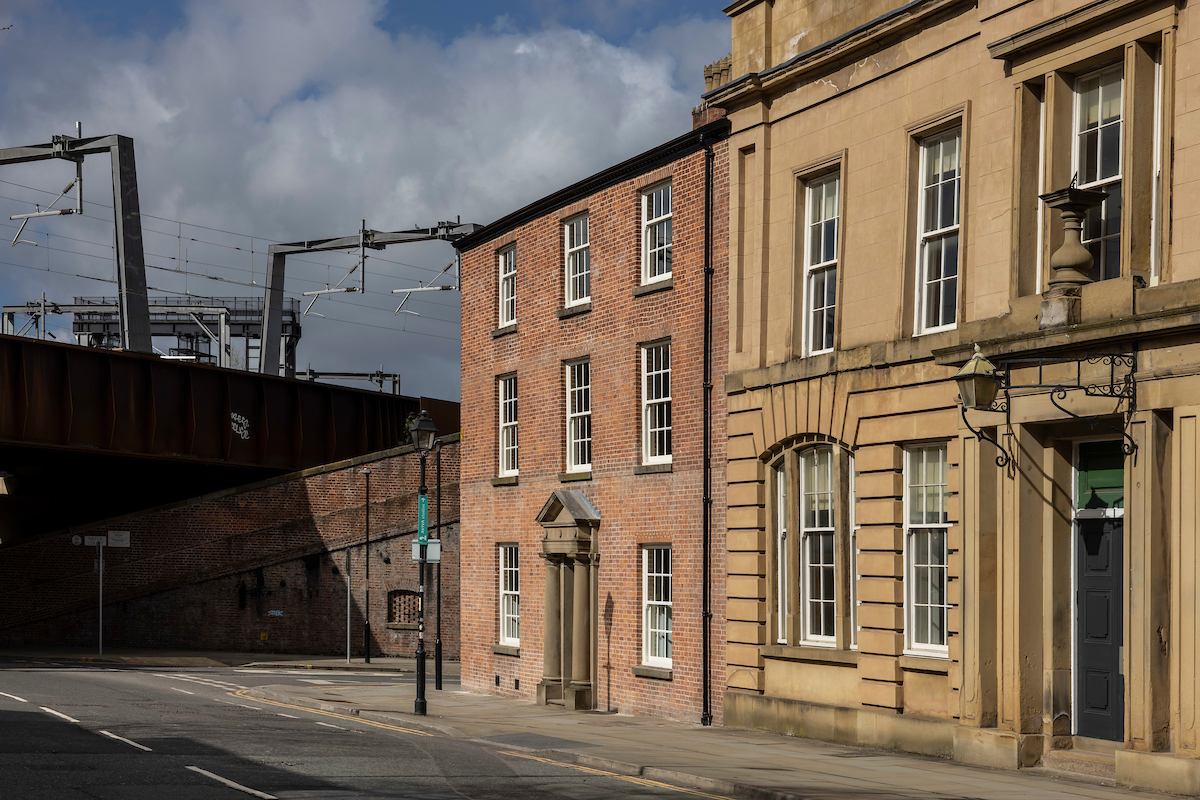
One of the most historic houses in Manchester is ready to welcome overnight guests for the first time, as The Station Agent’s House enters its staycation era.
The beautiful Grade I-listed building on Liverpool Road is part of the Science and Industry Museum’s site, and dates all the way back to 1808.
Officially one of the oldest homes in the city, the charming property has now been sensitively adapted by building conservation charity The Landmark Trust and will open as a residence for the first time in 100 years.
Capable of sleeping up to eight guests, the house is just a 10 minute walk from Deansgate and just next door from the new Aviva Studios.
Upstairs, there are views sweeping across many eras of railway infrastructure and the heritage buildings that make up the Science and Industry Museum.
Its restoration has included plenty of work to the bones of the building – re-roofing and repointing, replacing the sash windows, and swapping out chipboard floors for parquet.
There’s now step-free access and a lift to the first floor living area, with fully accessible bedrooms and bathrooms.
And at the heart of the house is a specially-made oval skylight to enhance the original staircase.
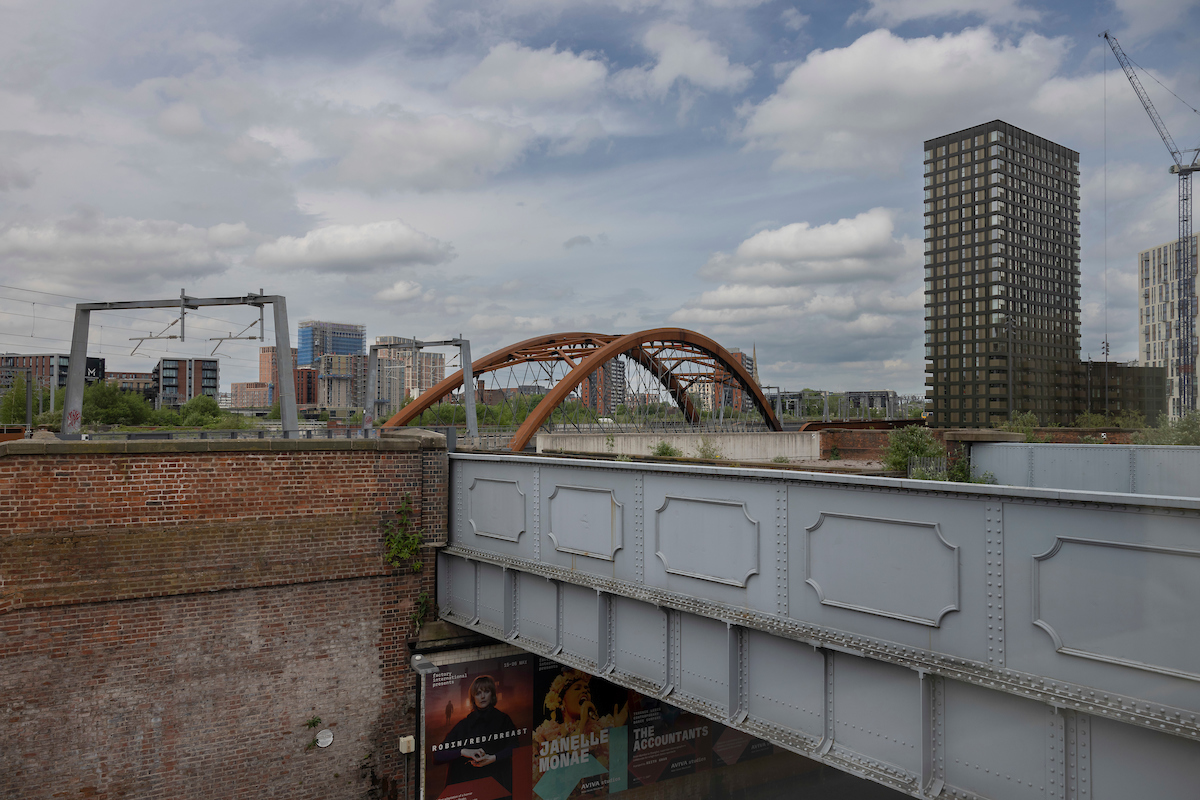

Breaks at the self-catering holiday home will start from just £24.38 per person per night.
Casting back to the building’s beginnings, The Station Agent’s House was built in 1808 for Castlefield dyemaster John Rothwell.
It was later acquired by the Liverpool Manchester Railway directors for the Manchester terminus of the world’s first purpose-built passenger line at Liverpool Road Station (now the site of the museum), and it became the home to the Station Agents working there.
In the 20th century, the house was converted into a shop selling sausages and later car parts; after the railway line was closed in 1975, it was altered again into office use for the museum.
Dr Anna Keay OBE, director of the Landmark Trust says: “The Landmark Trust is proud to be able to give a new future to this grade-1 listed building, part of the world’s oldest surviving passenger railway station.

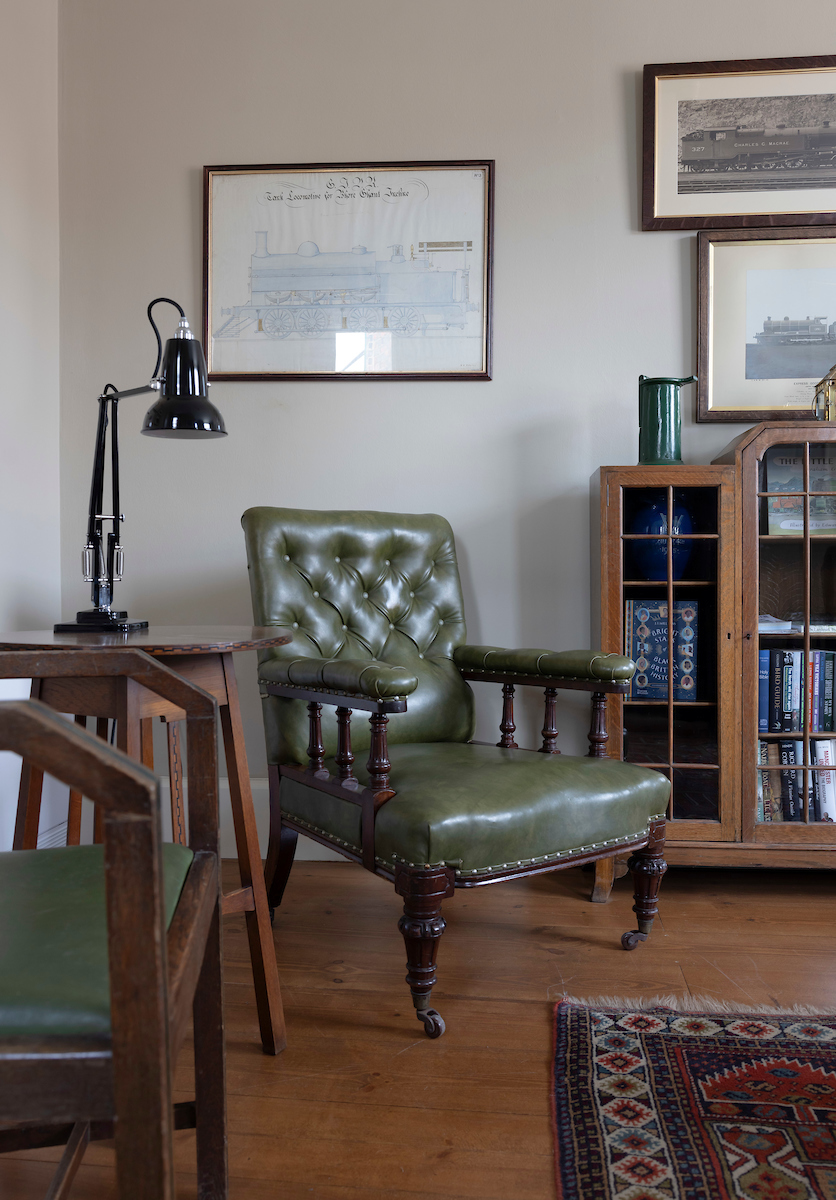
“Its extensive repair and renovation has been a labour of love, made possible by many generous donations. It is our first building in Manchester and will make a wonderful base from which to explore this peerless industrial city.”
Sally McDonald, Director of the Science and Industry Museum, adds: “The Landmark Trust has brought expertise in sensitively restoring this incredible heritage building, meaning Station Agent’s House can now be experienced in a new way by the public.
“It’s a spectacular transformation that has breathed new life into the building while complimenting its historically significant status.
“It’s an exciting time at the Science and Industry Museum as we undergo a multi-million-pound repair and improvement project with the aim of bringing into use every part of our historic site. This includes the reopening of Power Hall next spring, as well as new galleries, the re-opening of the 1830 Station and outdoor experiences in the coming years.
“We are so pleased that Station Agent’s House has become the latest regenerated space thanks to The Landmark Trust, who are supporting our vision to create a more sustainable museum and reveal new spaces and perspectives for everyone to enjoy.”
The Landmark Trust will open the Station Agent’s House for free public open days each year, including from 10am till 4pm on Sunday 19 May. An additional bookable lates event from 5pm on Thursday 23 May welcomes The Poetry Takeaway for an interactive evening experience.
Victoria Braddock, Managing Director of Marketing Manchester says: “Manchester’s rich history is woven into the fabric of the Station Agent’s House. We are thrilled to see the Landmark Trust’s restoration of this unique building, in partnership with the Science and Industry Museum, which makes it the first in the city for the building conservation charity.

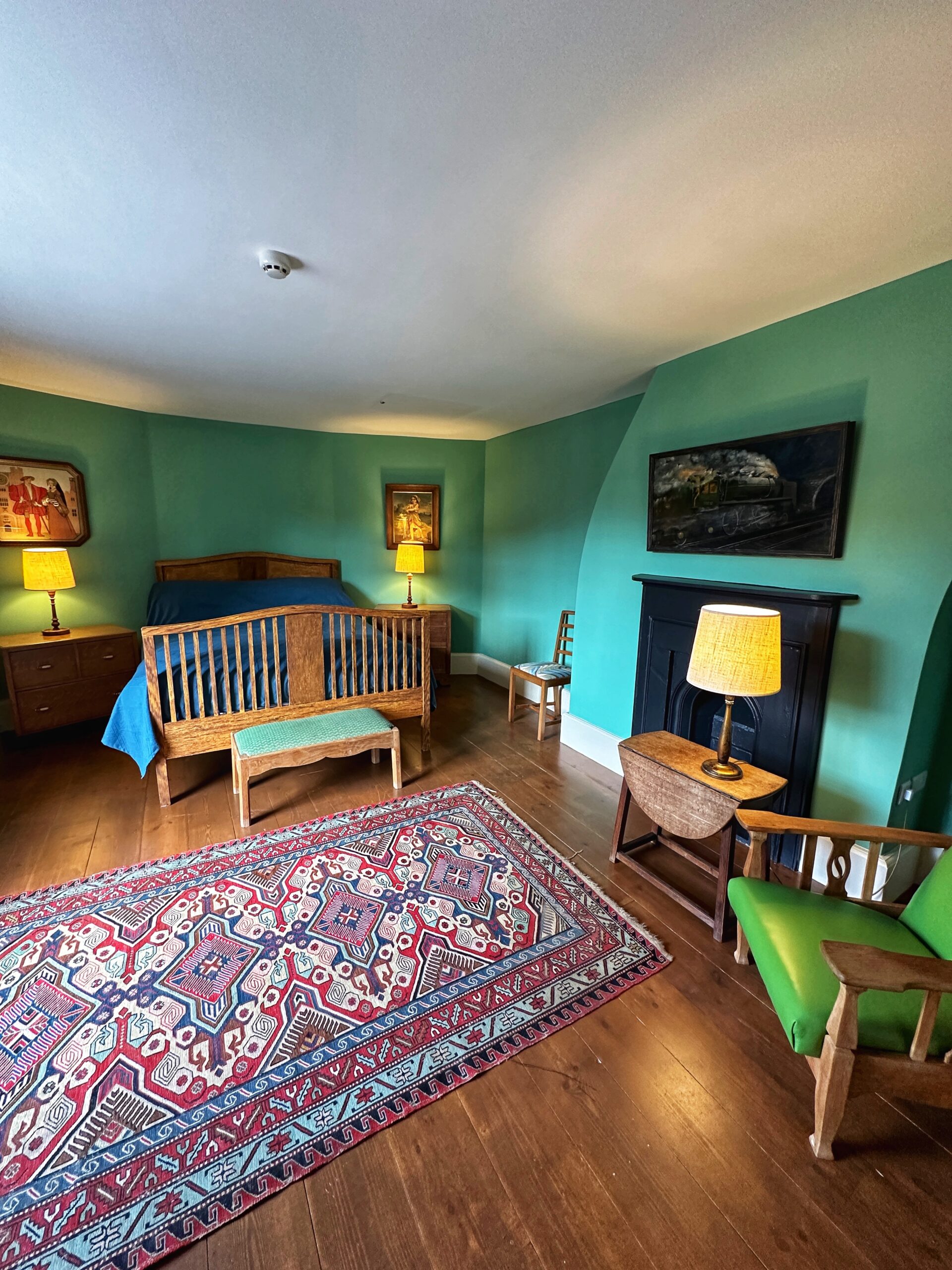

“As we approach the bicentenary of the 1830 Liverpool and Manchester railway opening, the preservation of this historical house adds immense value to our heritage and identity.
“Joining local venues such as the Science and Industry Museum, Castlefield Viaduct and Aviva Studios in the growing Castlefield neighbourhood, the Station Agent’s House will undoubtedly add to the city’s vibrant cultural landscape as it opens to the public for the first time, and will also provide a welcoming and distinctive experience to the growing accommodation offer in the city-region.”
Calum McGowan, Chair, Castlefield Forum says: “We are absolutely thrilled at this restoration, and what great news to see more of the Museum’s estate come to life.
“Part of our mission at the Forum is to ensure that we celebrate and cherish the heritage assets in our neighbourhood so this is another great contribution towards that. The building looks set to be a wonderful place to stay, on iconic site, in an iconic neighbourhood!”
Read more
- Gaping Gill – the record-breaking waterfall you can only see twice a year
- Science and Industry Museum reveals ‘gloriously gross’ half term events lineup
- Plans approved for new safari lodges at Chester Zoo where visitors wake up next to giraffes
Featured image: Landmark Trust

